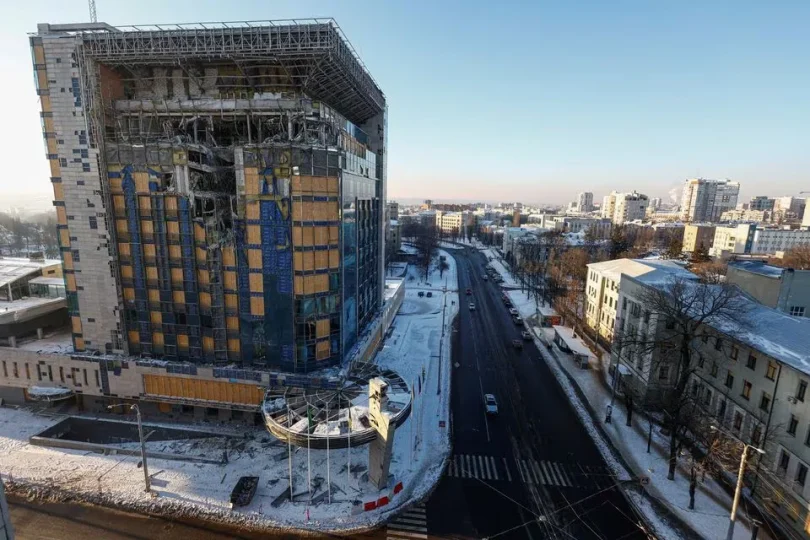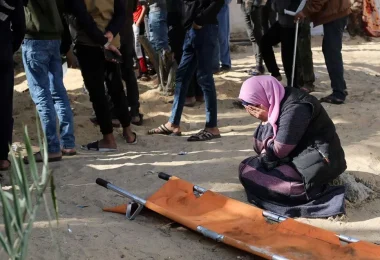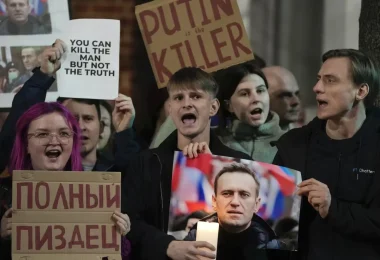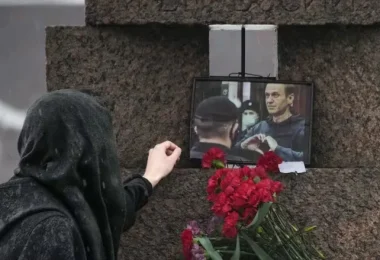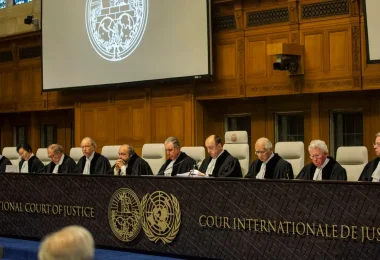In Kharkiv, Ukraine’s second-largest city, the spirit of resistance and resilience shines brightly against the backdrop of the ongoing conflict with Russia. Despite being a frequent target of missile and drone strikes since Moscow’s invasion on February 24, 2022, Kharkiv continues to pulsate with life, defying the war’s attempt to dim its vibrancy. With its streets bustling by day and cafes filled with patrons, the city showcases an unwavering determination to maintain normalcy amidst chaos.
Approximately 1.2 million people have chosen to stay in Kharkiv, a significant decrease from its pre-war population of nearly 2 million. Among them are individuals who, drawn by the city’s rich cultural and scientific heritage, returned after initially seeking safety in western Ukraine. “I felt more life here in one day than three months out there,” shared Kateryna Pereverzeva, a 29-year-old magazine editor, encapsulating the sentiment of many who refuse to let the conflict dictate their lives.
The city, lying perilously close to the front line and a mere 42 km from the Russian border, has weathered a new wave of Russian aggression since December 29, 2022. This period has seen significant casualties, with 17 people killed and 168 wounded in Kharkiv alone, as per United Nations reports. Despite this, the daytime hustle and the resilience of businesses to bounce back after strikes paint a picture of a community undeterred.
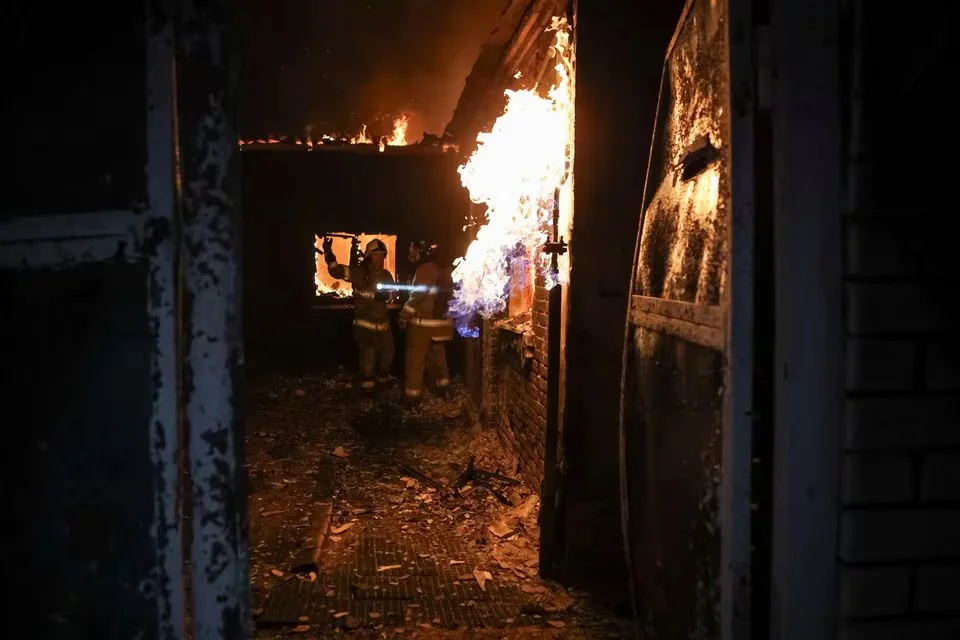
Firefighters work at a site of a Russian drone strike, amid Russia’s attack on Ukraine, in Kharkiv, Ukraine February 10, 2024.
Kharkiv’s architectural beauty, a blend of Tsarist and Soviet-era designs, bears the scars of artillery fire, a grave reminder of the ongoing siege. Yet, the city’s nightlife endures, with establishments like the Center for New Culture offering a haven for artistic expression and defiance against the encroaching darkness of war.
The city’s determination extends to its efforts to forge a new identity, distancing itself from its Russified past and embracing a future defined by Ukrainian sovereignty. This shift is evident in initiatives like the commissioning of a city anthem by the Kharkiv national opera and ballet theatre and proposals to rename streets to honor Ukrainian cultural figures.
Adaptation has become a survival skill for Kharkiv’s residents, who have learned to distinguish between the sounds of different missiles and to find shelter within their homes, recognizing the futility of reaching bomb shelters in time. This grim reality underscores the immediate danger posed by ballistic missiles, which offer little warning before impact.
Despite the ongoing threat, the spirit of Kharkiv remains unbroken, with its people finding strength in unity and a shared resolve to preserve their city’s heritage and vibrancy.

